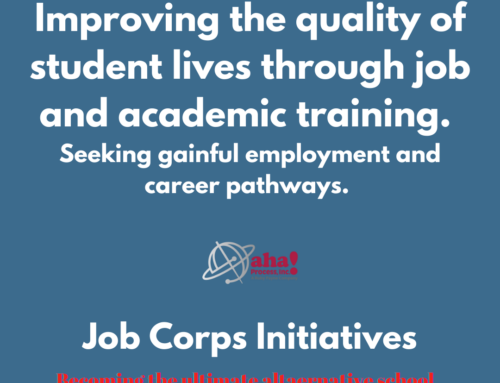Data analysis has become a hot-button issue in public education since the advent of No Child Left Behind and standardized testing. Schools are focusing on data and how the data will lead to improved test scores and school success. Small group instruction, interventions, and focus on specific groups of students have proven to increase test scores. Using data to drive instruction, especially through interventions and focusing on individual groups or students, will increase performance, but educators cannot lose focus on providing quality instruction for all.
Quality education begins with quality instruction. If schools focus on providing quality classroom instruction for all students, this in itself will lead to increased student performance. Using quality classroom instruction across the board as the beginning point for increased performance, educators are providing the most important element of a quality education. From there, schools can use data to tweak and differentiate instruction for students who most need it. Educators need to remember that using data to drive interventions and to work with small groups of students is treating the symptoms. Training teachers to provide quality instruction across the board is treating the disease.
Data analysis and data-driven instruction is important, and it can be an important element of increasing student proficiency. However, focusing on quality instruction for all students will prevail as the key method of increasing a school’s performance level.








